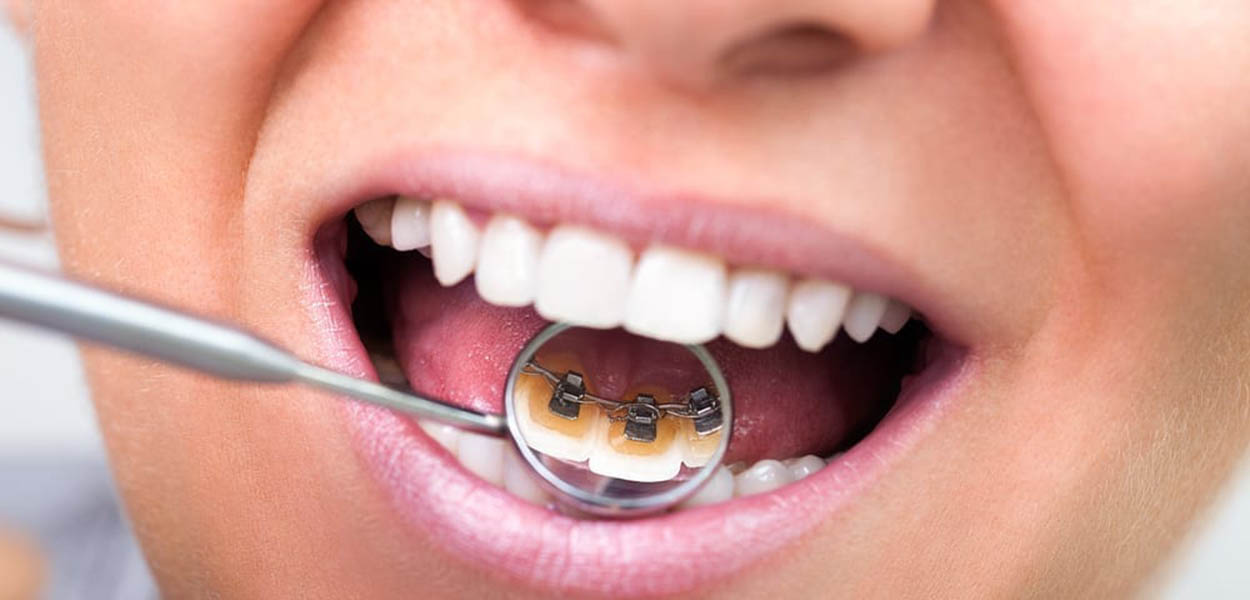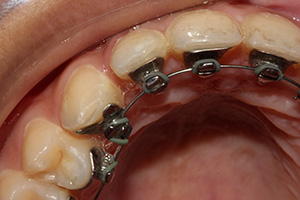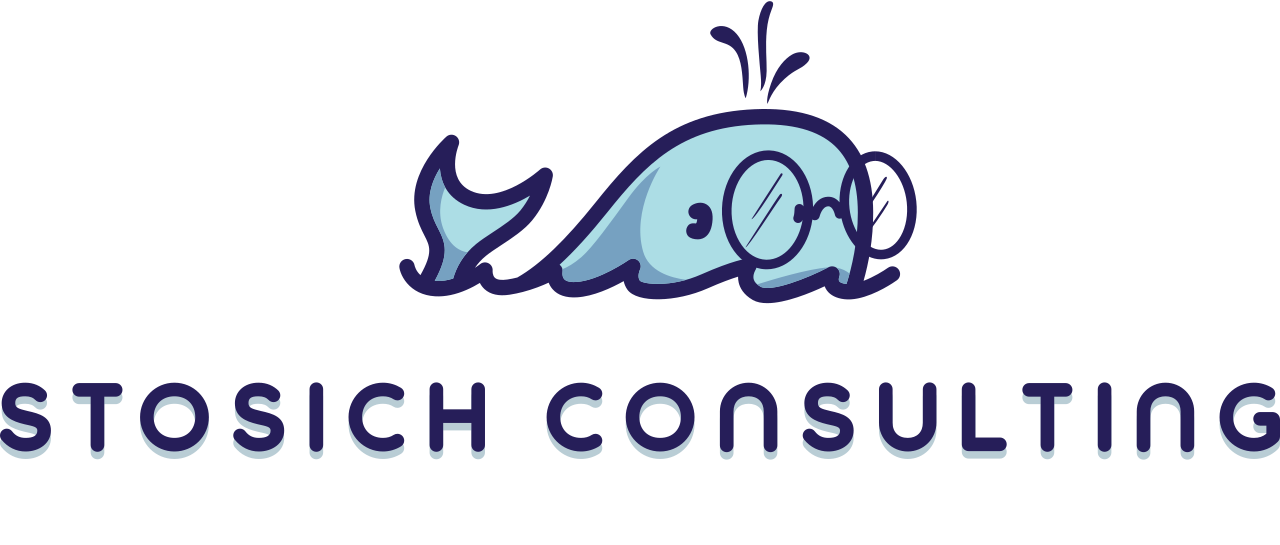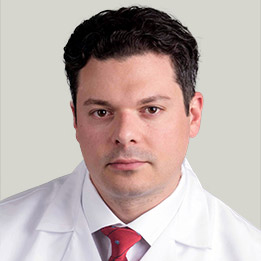Are Lingual Braces Right for You?

Many people are opting for braces far past their teen years these days. With the onslaught of commercials telling us we should look a certain way, act a certain way, and have teeth that look a certain way, we have become a nation of greater self awareness. In some cases, this is not necessarily a bad thing, especially when it involves your teeth.
Having straight, beautiful teeth and a proper bite not only makes you look better, it is actually healthier for you. There are some things in life we will have to live with as it was the hand we were dealt. But if you have been living with overcrowded teeth, gaps in your teeth, a misaligned bite, or bad oral hygiene no matter what steps you take, a trip to a good orthodontist, such as Dr. Michael Stosich at Stosich Consulting, can help to permanently fix these problems.
The application of braces can substantially change the way you look, and they are a very affordable, non-invasive way to attain a nicer look; however, many adults may not be comfortable with wearing braces for the fear of how it will make them look. Take heart—there are options.

Lingual braces fit behind the teeth and are literally out of sight. They are a perfect choice for those who are highly visible and in the public eye such as actors, models, or media related professionals; they are also perfect for those who simply don’t want everyone to know they are wearing braces—and they can be worn by anyone of any age—children or adults.
The advantages of wearing lingual braces as compared to that of Invisalign or regular braces is that although clear braces are clear, you can still see them. It is true that Invisalign offers an excellent alternative to that of traditional metal, ceramic, or plastic braces, and are removable for easier oral hygiene, but if you want truly “invisible” braces, the lingual appliance is the way to go.
Some Cons of Lingual Braces are:
-
- The break-in period may take a little longer in getting used to them
- They may be more difficult to clean
- They tend to be more expensive than traditional appliances
- There is the slight possibility that your tongue can get caught in the brackets of lingual braces due to placement behind the teeth
- Tongue irritation can ensue and more discomfort may be associated with lingual braces than other types of appliances but there are products that can help alleviate the “breaking in” process
Some Pros of Lingual Braces are:
- Higher self esteem from an aesthetic point of view
- You retain a natural smile throughout the process
- They take the same amount of time to work as with traditional or Invisalign applications
- They will help you to achieve your dream smile
As with any orthodontic appliance application, it is not a good idea to wear mouth or tongue jewelry while wearing the lingual braces, but some people will most likely continue without any problems. This could accelerate the likelihood of speech difficulties such as speech impairments, or a slight lisp, but with time, these symptoms should dissipate.
And as with any application of braces, proper speech may be a problem until you get used to the appliance. Overall, lingual braces are a perfect choice for having beautiful teeth. They will require a little extra care when it comes to brushing and flossing, but the reward will be well worth the effort for those who need braces but don’t want the world to know they are wearing them.


